What is Iliotibial Band (ITB) Syndrome?
ITB Syndrome is an overuse condition where the
iliotibial band - a thick band of connective tissue running from the hip to the outer knee - becomes irritated, typically where it rubs over the outside of the knee (lateral femoral condyle). It's common in runners, cyclists, and people with poor lower limb mechanics.
Symptoms & What You May Experience
You may notice:
- Pain or aching on the outside of the knee, especially during walking, running, squatting, or stairs
- Sharp or burning pain after a certain distance or duration
- Tenderness along the outer thigh or knee
- Tightness in the hip, glutes, or tensor fasciae latae (TFL)
- Reduced hip stability or control
- Clicking or snapping around the knee
What causes Iliotibial Band (ITB) Syndrome?
Common contributing factors:
- Overuse or sudden increase in running/walking load
- Weak glutes or hip stabilisers
- Poor foot mechanics (e.g. overpronation)
- Knock-kneed alignment or pelvic drop
- Hill running or repetitive bending
- Tight ITB, TFL, or quads
- Leg length difference or altered gait
How We Help (At Victoria Park Osteopaths)
Treatment focuses on easing irritation and correcting mechanics:
- Soft tissue & Dry needling treatment to the glutes, TFL, quads, and hips
- Joint mobilisation at the hip, knee, ankle, and lumbar spine
- Strengthening exercises for glutes and lower limb stabilisers
- Movement retraining for gait or running technique
- Stretching and flexibility work
- Advice on training load, footwear, or orthotics
- Taping or acupuncture where useful
Recovery Time & What to Expect
- Mild cases: 4–6 weeks
- Moderate cases: 6–12 weeks
- Long-standing cases may require progressive rehab and load management
- Addressing hip and knee control is key to preventing recurrence
When to Seek Medical Review / Red Flags
Further assessment is advised if:
- Swelling, redness, or locking of the knee
- Pain at rest or night pain
- Signs of cartilage, meniscus, or joint involvement
- No improvement after 6–8 weeks of rehab


